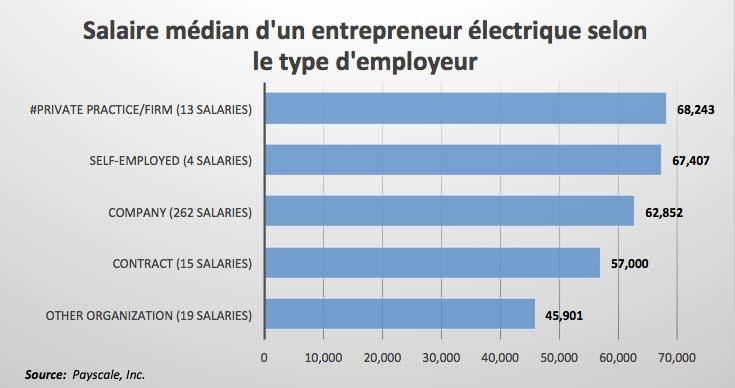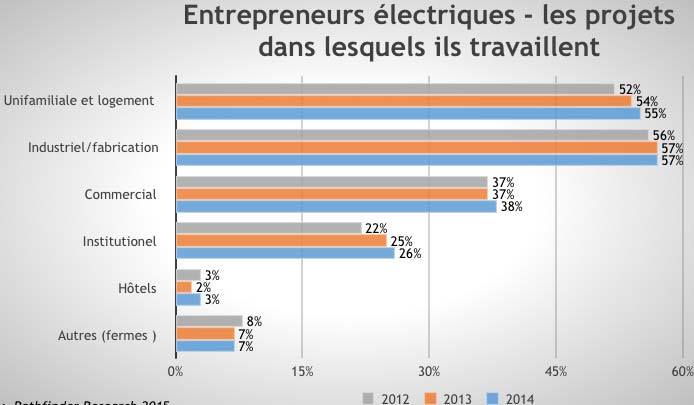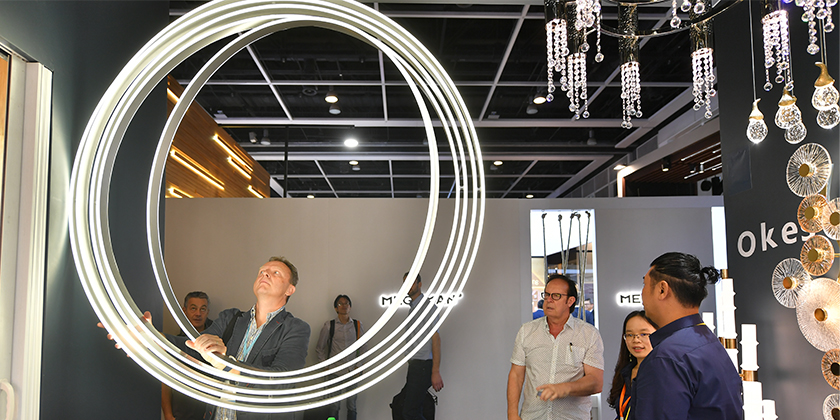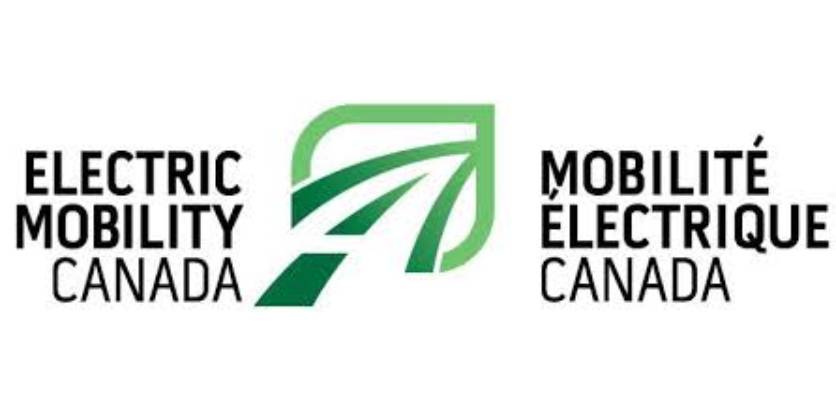Les changements au Code canadien 2015 de l’électricité
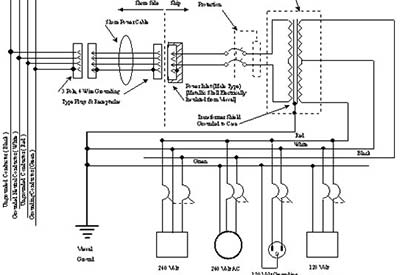
Il y a tellement de révisions attendues dans l’édition 2015 du Code canadien de l’électricité que plusieurs articles ont été nécessaires pour diffuser l’information. Mes articles parus précédemment ont couvert la question des changements dans les Définitions, Sections 4, 12 et 18. Ce mois-ci, j’aimerais mettre l’accent sur les changements en commençant par la Section 2 et je vais ainsi poursuivre jusqu’à la Section 10. Plus précisément, cet article soulignera les changements qui auront un impact sur l’équipement installé et la façon dont les installateurs font leur travail.
There are so many revisions expected in the 2015 Edition of the Canadian Electrical Code (CE Code) that several articles have been required to help disseminate the information. My past articles have covered changes within the Definitions, Section 4, 12 and 18. This month I’d like to focus on the changes beginning in Section 2 and moving through to Section 10. Specifically, this article will focus on those changes that affect the equipment installed and the way installers do their work.
Section 2
Rule 2-024 has always mandated that electrical equipment be approved. A certain amount of confusion existed with equipment located on the load side of overcurrent protection, transformers or current-limiting devices for Class 2 circuits. Does this equipment need to be approved or just be acceptable for the particular application? A new Subrule 2 to Rule 2-024 should clear up any confusion as it will specify that equipment described in Rule 16-222(1)(a) shall not be required to be approved. Of course, the authority having jurisdiction (AHJ) has the final say as to what equipment is approved or not.
A new rule will also appear in Section 2 regarding field installed warning and caution markings. Whenever the code requires field markings, they shall be written in the language or languages mandated by the AHJ adopting and enforcing the code. This would mean the labeling requirements of 2-306, Shock and arc flash protection, or 36-006, Warning notices, will be required to be in the languages mandated by the AHJ. This could include one or both of the official languages of Canada or even the four languages used in the Nunavut Territory depending on the jurisdiction where the installation occurs.
Another new rule destined for Section 2 will provide clarification with respect to electrical equipment ratings. Subrule 1 of this new rule provides for a safe installation by mandating electrical equipment marked with a short circuit current rating or with a withstand current rating meet the voltage and fault current available at the point of installation. Subrule 2 will require equipment marked with both the line-to-line voltage and the line-to-ground voltage to be connected only to circuits that are solidly grounded. Examples of these markings include 125/250V, 120/240V, 208Y/120V, 480Y/277V or 600Y/347V.
Rule 2-324 has been revised to stipulate the clearance between a combustible gas relief discharge device or vent and a source of ignition to be stipulated in CSA B149.1-10 Natural Gas and Propane Installation Code. This change will ensure that correlation now exists between the two codes. An Appendix B note to this rule will indicate that this clearance must be a minimum of 1m for natural gas and 3m for propane gas.
Section 6
Two changes are expected to the rules of Section 6. In Rule 6-114, the term “rain-tight” will be replaced with “suitable for use in wet location.” This change better aligns with recent changes to the product standard for Conduit, Tubing and Cable fittings, C22.2 No. 18.3. This change will also take place in Section 12.
Rule 6-402(2) is being revised to allow for supply service to be as high as 320A without current transformers provided the metre mounting device is equipped with by-pass means. These bypass-means associated with the 320A meter base allow for insertion and removal of the meter with no implications of an arc flash. This new requirement is especially good news for those installations with large heating and other loads where the alternative was always to install a transformer rated service.
Section 10
A number of rules have been changed in Section 10, with several of them now accepting “other than copper” as a bonding or grounding conductor depending on the rule which applies. “Other than copper” conductors include aluminum or a conductor resistant to any corrosive condition existing at the installation site or a conductor protected against corrosion. This change appears in Rules 10-402, 10-406, 10-626, 10-702, 10-802, 10-806, 10-812, 10-1000 and 10-1108.
Rule 10-106 has a Subrule 3 added which echoes the Appendix B note presently in the 2012 edition CE Code. This change effectively takes the information item from the appendix and creates a mandatory requirement by placing it in the rules.
Rule 10-208, Grounding connections for two or more buildings or structures supplied from a single service, has been changed to mandate that buildings housing livestock and supplied from distribution equipment must have non-current carrying metal parts of the electrical equipment bonded to ground with the bonding conductor run with feeder or branch circuit conductors supplying that building. In past editions of the CE Codes, the installer had the choice to use the bonding conductor of the feeder or establish a new ground with grounding electrodes and bonding the feeder neutral to ground. This practice will no longer be allowed, resulting in a reduction of stray voltages in buildings housing livestock.
A new Subrule 5 has been added to Rule 10-618, which requires a separate bonding conductor to bond fixed equipment to ground when single conductors are used and the metallic sheath has been isolated at one end in conformance with rule 4-010.
Rule 10-902 has been revised to simply require that the grounding conductor be attached to the electrode at a point that will ensure a permanent ground. If the electrode is a metallic water pipe in-situ type, then this connection must be as close as practical to the point where the pipe enters the building. In either case, where it is practical, this point of attachment should be accessible. As Rule 10-904 requirements have been rolled into the changes with Rule 10-902, Rule 10-904 will be deleted.
In Rule 10-906, the words “bonding connection” have been replaced with “bonding conductor.” This simple change now allows, in non-metallic wiring systems, one bonding conductor to be connected to the bonding screw at the back of a box, and then all bonding conductors entering the box can be twisted together under a wire nut. Prior to this change, all bonding conductors entering the box were required to be connected to individual bonding screws at the back of a box.
Finally, several rules within Section 10 have also been adjusted by deleting the term “mechanical injury” and replacing it with the term “mechanical damage.” This change fortifies the correct terminology in that equipment cannot be injured but it can be damaged.
The changes cited here are but a few of the many coming to the 2015 edition CE Code. While some are editorial, most will affect electrical installations in some way or another. Keep in mind that these changes only come in to effect once the particular AHJ has adopted this 2015 edition CE Code.
Pierre McDonald, CET, is Senior Regulatory Affairs Representative/Répresentant Principal, Affaires Réglementaires, Underwriters Laboratories of Canada Inc. Based in St. Albert, AB, Pierre has been a member of the Canadian Electrical Code Part 1 technical committee as well as several subcommittees including serving as Chair of Sections 6 and 76 and as a member representing regulators on several other CSA committees. Pierre is still active with code development and interpretation.




